Introduction: The Ocean's Hidden Secrets
The ocean stirs the heart, inspires the imagination, and brings eternal joy to the soul. This line from Wyland, the renowned marine artist, captures the essence of our enduring fascination with the ocean. For centuries, the seas have captivated explorers, scientists, and dreamers alike, promising adventure and discovery beyond our wildest imaginations. Yet, within those deep blue waters, countless mysteries await, patiently hiding just out of reach. As we stand on the brink of technological revolution, the blend of artificial intelligence (AI) with ocean exploration leads us to an exciting question: Could we be on the threshold of discovering entirely new species and ecosystems lurking in the abyss? This growing collaboration between technology and marine science may fundamentally reshape our understanding of the ocean’s unexplored frontiers.
With an estimated 90% of the ocean still uncharted, it's clear we have a long way to go. In a world dominated by advancements in AI, it’s hard not to wonder how robotic oceanographers will revolutionize our approach to marine biology. Just as these machines promise to unveil the secrets of the sea, they also challenge us to consider our role in protecting this precious resource. So, how will these technological advancements shape our perception of life beneath the waves?
1. A Vast and Mysterious Realm: The Current State of Deep-Sea Exploration
The ocean covers more than 70% of the Earth's surface and holds around 97% of the planet's water. Despite its vastness, only a fraction has been thoroughly explored. As of now, we possess detailed maps of Mars' surface, yet still, many underwater terrains remain a mystery. This contrast underscores a glaring gap in our knowledge of Earth.
1.1 The Technological Journey So Far
From the early days of manned submersibles to today's advanced Autonomous Underwater Vehicles (AUVs), the technology for exploring the deep sea has made leaps and bounds. Innovative designs have emerged, allowing researchers to navigate extreme conditions and gather data like never before.
1.2 The Limitations of Traditional Exploration
However, human-operated submersibles aren't without their limitations. Time restrictions, depth constraints, and the unpredictability of the ocean environment often hinder exploration efforts. This is where AI technology steps in, offering solutions that promise to break through those barriers and unlock the secrets of the deep.
2. The Role of AI in Ocean Exploration
Artificial Intelligence (AI) is not just a fancy term tossed around in tech circles; it’s fundamentally changing how scientists explore the deep blues of our oceans. Think of AI as the sidekick to our oceanography superheroes—it can process tons of data quicker than you can say “submersible.” By harnessing machine learning and data analytics, AI systems are diving headfirst into analyzing vast data sets from remote sensing and autonomous vehicles. This means discovering the secrets of the ocean is becoming a whole lot easier, thanks to our robotic pals!
2.1 Enhancing Data Collection
Imagine having a small fleet of robotic submersibles, tirelessly working day and night while you sip your coffee. These little underwater explorers can conduct repetitive tasks like sampling marine life and taking detailed observations without breaking a sweat—or running out of snacks! With AI technology, these submersibles can gather data more efficiently than the most diligent intern on the planet. They don’t tire out, and they never complain about working overtime. Sounds like a dream, doesn’t it?
2.2 Predictive Analysis for Ecosystem Studies
Here’s where AI shines brighter than a lighthouse in a storm: predictive analysis. AI tools can create models of ocean ecosystems, predicting how different factors, like climate change, will impact them. It’s like having a crystal ball, minus the mystique. Scientists can analyze patterns and trends faster than ever before. For example, the AI systems can reveal how changing water temperatures affect local marine life arrays, arming researchers with the knowledge to prepare for what’s to come. Who knew a few algorithms could teach us so much about our watery friends?
3. New Species and Ecosystems: What Lies Beneath
Exploring the deep sea isn’t just about the thrill of discovery; it’s about unlocking astonishing insights about life on Earth. As robotic oceanographers plunge into the mysterious depths, they may find astonishing creatures that rewrite everything we thought we knew about biology. Can you imagine a fish that glows in the dark, or one that looks like it sneezed while eating a rainbow? These bizarre adaptations provide us with clues that reveal how life evolves under extreme conditions, making marine science a treasure hunt of sorts!
3.1 Unique Adaptations in Deep-Sea Fauna
The deep sea is home to some of the most unique and bizarre creatures known to humankind. Take the anglerfish, for instance—a fish that dangles a glowing lure to catch its unsuspecting dinner. Its adaptations shine a light on evolution, making you wonder if it ever auditioned for “America's Got Talent.” Then there’s the deep-sea jellyfish, which, with its translucent body, looks like a ghost from the ocean floor. These creatures aren’t just survivalists; they’re masterful innovators, proving that life finds a way, even in the darkest corners of the Earth!
3.2 Documenting New Ecosystems
The ocean isn’t just endless water; it’s a bustling metropolis of life, especially around hydrothermal vents and cold seeps. Here, entire ecosystems thrive, powered not by sunlight but by the chemical energy from the Earth’s core. Studying these unique environments can help scientists understand how life exists in extreme conditions—an area of research that could shed light on potential life forms beyond our planet! Who knows, maybe the next Martian rover will find an alien anglerfish hanging out by a hydrothermal vent on Mars.
4. The Societal and Environmental Implications of Deep-Sea Discoveries
The ocean is not just a vast stretch of blue; it’s a treasure trove of secrets waiting to be uncovered. Every new discovery we make in the depths has the potential to impact our society and environment significantly. What do these findings mean for us? This is a question that goes beyond mere scientific curiosity. As we unveil the wonders of the deep, we also reveal how these unique ecosystems can influence climate change, conservation efforts, and resource management.
4.1 Climate Change and Biodiversity
Every day, we hear alarming news about climate change and its threats to our planet. But did you know that the deep sea might hold clues to understanding these effects better? The organisms that thrive in extreme conditions could provide insights into how life adapts to changing environments. With robotic oceanographers, we can monitor the impacts of climate change on these unexplored ecosystems.
- Documenting species: New discoveries can help scientists track changes in biodiversity.
- Understanding resilience: Studying how deep-sea creatures survive could unlock survival strategies for other species.
- Predicting impacts: Gaining data can provide predictive models for ecosystem changes due to climate shifts.
4.2 Conservation Efforts and the Blue Economy
As we advance in deep-sea exploration, balancing our curiosity with conservation becomes crucial. The World Wildlife Fund works continually towards preserving marine biodiversity while advocating for sustainable practices within the economy. Here are a few important considerations:
- Sustainable fisheries: Ensuring that our food sources do not exploit deep-sea habitats.
- Marine protected areas: Designating zones where human activity is limited to allow ecosystems to recover.
- Responsible mining: When exploring resources like minerals, carefully evaluating the potential environmental impact is vital.
By understanding the complexities of the deep sea, we can better advocate for policies that protect these important ecosystems while still harnessing their resources responsibly.
5. Collaborations and Future Endeavors in Robotic Oceanography
No person is an island, and neither is scientific progress. The future of deep-sea exploration largely relies on collaboration among different parties—scientists, engineers, policymakers, and even the public. As we step into this new era of robotic oceanographers, cooperation will be key to maximizing discoveries and application of new technology.
5.1 Major Players and Initiatives
Leading the charge in this field are some amazing institutions and organizations focused on advancing ocean exploration. Notable ones include:
- Ocean Infinity: This innovative company uses advanced robotics to map the ocean floor and uncover its secrets.
- Schmidt Ocean Institute: They deploy research ships equipped with robotics to study deep-sea ecosystems.
- Monterey Bay Aquarium Research Institute (MBARI): They have been pioneers in integrating technology and science for ocean exploration.
5.2 The Importance of Open Data and Global Cooperation
Sharing information and findings is crucial for furthering our knowledge and making informed decisions regarding conservation. Open data initiatives promote transparency and collaboration, encouraging worldwide participation in ocean exploration. Consider the following:
- Accessible information: Making data available to everyone fosters innovation and accelerates scientific discoveries.
- Global partnerships: Working with scientists and organizations from different nations can enhance research capabilities.
- Public engagement: Inviting the general public to participate in research efforts can drive awareness and excitement about marine conservation.
Whether through citizen science projects or funding collaborative expeditions, our interconnected approach can help us unlock the mysteries held beneath the waves.
6. AI Solutions: How Would AI Tackle This Issue?
If I were an AI, I would tackle the challenges of deep-sea exploration with a multifaceted approach, bringing together the best practices from various fields of technology. My mission would be to optimize the exploration of our oceans and illuminate their hidden wonders.
6.1 Intelligent Route Optimization
First up, the planning of exploration routes would be critical. By utilizing AI algorithms, autonomous underwater vehicles (AUVs) could dynamically adjust their paths based on encountered obstacles, like underwater mountains or unpredictable currents. This would ensure efficiency while maximizing data collection opportunities. Using real-time data processing tools like TensorFlow or PyTorch, these algorithms can improve their route mapping with every expedition, effectively evolving just like the ecosystems they're studying.
6.2 Species Identification through Deep Learning
Next on the agenda, I'd implement deep learning techniques for identifying unknown species. By training neural networks with massive underwater image databases, AI could learn to distinguish between various marine life forms. DeepSeaSearch, for instance, is already leveraging this method to tackle species identification. Imagine a robotic submersible capturing images and sending them back in real-time to an AI system capable of identifying and classifying them instantly! An application like this could radically speed up both classification and research.
6.3 Real-Time Adaptive Responses
Lastly, real-time adaptive responses would be crucial. By integrating sensors that monitor ocean conditions—temperature, pressure, and chemical composition—AI could adjust the submersible's operations instantaneously. Utilization of AI in such a manner could diminish the risk of equipment failure and enhance the quality of gathered data. Projects like Ocean Infinity are already using cutting-edge technology to adaptively navigate and survey underwater environments, proving the viability of this approach.
Actions Schedule/Roadmap (Day 1 to Year 2)
Day 1:
Kick-off meeting with a core team consisting of marine biologists, AI specialists, robotic engineers, and data scientists. Together, we’ll outline mission objectives, establish communication protocols, and assign responsibilities tailored to each expert's skillset.
Day 2:
Conduct a technology assessment to evaluate existing robotic submersibles and AI systems. Identify gaps that need filling and brainstorm innovative adaptations of current technology. Assemble a list of essential resources and tools.
Day 3:
Assemble data on all past successful and unsuccessful deep-sea exploration missions. This includes gathering data from programs like the Schmidt Ocean Institute to identify best practices and draw insights.
Week 1:
Organize technical workshops where the team collaborates with marine biologists to understand the biological targets for exploration. Development of shared goals and roadmap from these discussions will be pivotal.
Week 2:
Design and develop an AI-based mapping system that uses existing oceanographic data to visualize exploration targets. Aim for a user-friendly interface that pulls together complex datasets for straightforward analysis.
Month 1:
Final design approval and testing for robotic prototypes integrated with novel AI algorithms. Begin beta testing in controlled environments, carefully monitoring performance metrics to ensure reliability of the technology.
Month 2:
Conduct long-term monitoring of prototypes' performance while collecting diagnostic data for further improvements. This will include stress-testing to simulate deep-sea environments and determine operational limits.
Month 3:
Begin test expeditions in shallow waters to collect initial operational data. Focus on gathering insights from trials involving real-time data collections, setting a foundation for deeper explorations.
Year 1:
Ascend to full-scale exploratory expeditions. Start implementing AI submersibles on prioritized areas identified from earlier mapping exercises. Engage in multi-level data collection, focusing on various depths and environmental conditions.
Year 1.5:
Data analysis phase, emphasizing AI-driven species identification and ecosystem mapping. Collaborate with environmental policy experts to develop conservation strategies based on scientific findings.
Year 2:
Publish significant findings from exploratory missions and start developing strategies for continuous monitoring of discovered ecosystems. Explore collaboration with institutions like the National Oceanic and Atmospheric Administration (NOAA) for ongoing conservation and educational initiatives.
Conclusion: The Future Is Deep
The advent of robotic oceanographers represents more than just a technological advancement; it signifies a monumental shift in our exploration and understanding of the ocean's vast mysteries. As these advanced AI submersibles descend into the deep, they unveil not only the extraordinary life forms that thrive in the abyss but also reshape our very perception of existence on Earth. The partnership between innovative technology and human curiosity holds the potential to illuminate the nuances of deep-sea ecosystems, fostering both an appreciation for the unknown and a commitment to ecological stewardship. We stand at a crossroads where technology can both enable discovery and demand responsibility, prompting us to tread carefully in this newfound domain. Our explorations must balance ambition with ethics, ensuring that as we uncover the ocean's secrets, we also protect its fragility. With each dive deeper into the ocean's heart, we are reminded that there is still much left to learn and cherish in the world beneath the waves.
Frequently Asked Questions (FAQ)
- What are robotic oceanographers?
- Robotic oceanographers are autonomous machines or submersibles designed to explore and study the deep sea. They are equipped with advanced sensors and artificial intelligence (AI) that allow them to collect and analyze data about the ocean's depths. These robots help us understand marine life, ecosystems, and the ocean's environmental conditions. To learn more, check out this article from the Natural Environment Research Council.
- How can AI submersibles help discover new species?
- AI submersibles can gather extensive data from the ocean without human intervention. They can analyze water samples, identify various marine organisms, and even monitor different underwater environments. By collecting data consistently and accurately, these submarines increase the chances of finding new species that have never been seen before. Examples include the work being done by Schmidt Ocean Institute, which uses advanced technology to explore the deep sea.
- What challenges do robotic oceanographers face?
- Robotic oceanographers encounter several challenges during their missions, such as:
- Extreme Pressure: The deeper the ocean, the more pressure there is. This pressure can affect both the robot's hardware and the data it collects.
- Low Light Conditions: Many parts of the deep ocean are pitch black, making navigation and observation difficult.
- Temperature Variations: Deep-sea temperatures can fluctuate dramatically, posing risks to the equipment.
- Communication Delays: Sending and receiving signals underwater can be slow, affecting real-time operation.
- Why is deep-sea exploration important?
- Exploring the deep sea is vital for several reasons. It helps us understand global biodiversity, revealing new species and ecosystems. This knowledge is crucial for understanding how marine life is affected by climate change and human activity. Moreover, deep-sea exploration can lead to discoveries that benefit medicine, biotechnology, and environmental conservation. The National Oceanic and Atmospheric Administration (NOAA) emphasizes the importance of understanding marine environments for the health of our planet.
- How can I get involved in marine research?
- Getting involved in marine research can be an exciting opportunity! Here are some ways to begin:
- Volunteer Opportunities: Many research institutions offer volunteer programs for ocean explorations and conservation.
- Pursue Education: Studying marine science, biology, or environmental science can provide a solid foundation for a career in marine research.
- Collaborate with Organizations: Join organizations like Surfrider Foundation, which focuses on protecting and enjoying the world’s oceans.
Wait! There's more...check out our gripping short story that continues the journey: Buried Compass
Disclaimer: This article may contain affiliate links. If you click on these links and make a purchase, we may receive a commission at no additional cost to you. Our recommendations and reviews are always independent and objective, aiming to provide you with the best information and resources.
Get Exclusive Stories, Photos, Art & Offers - Subscribe Today!
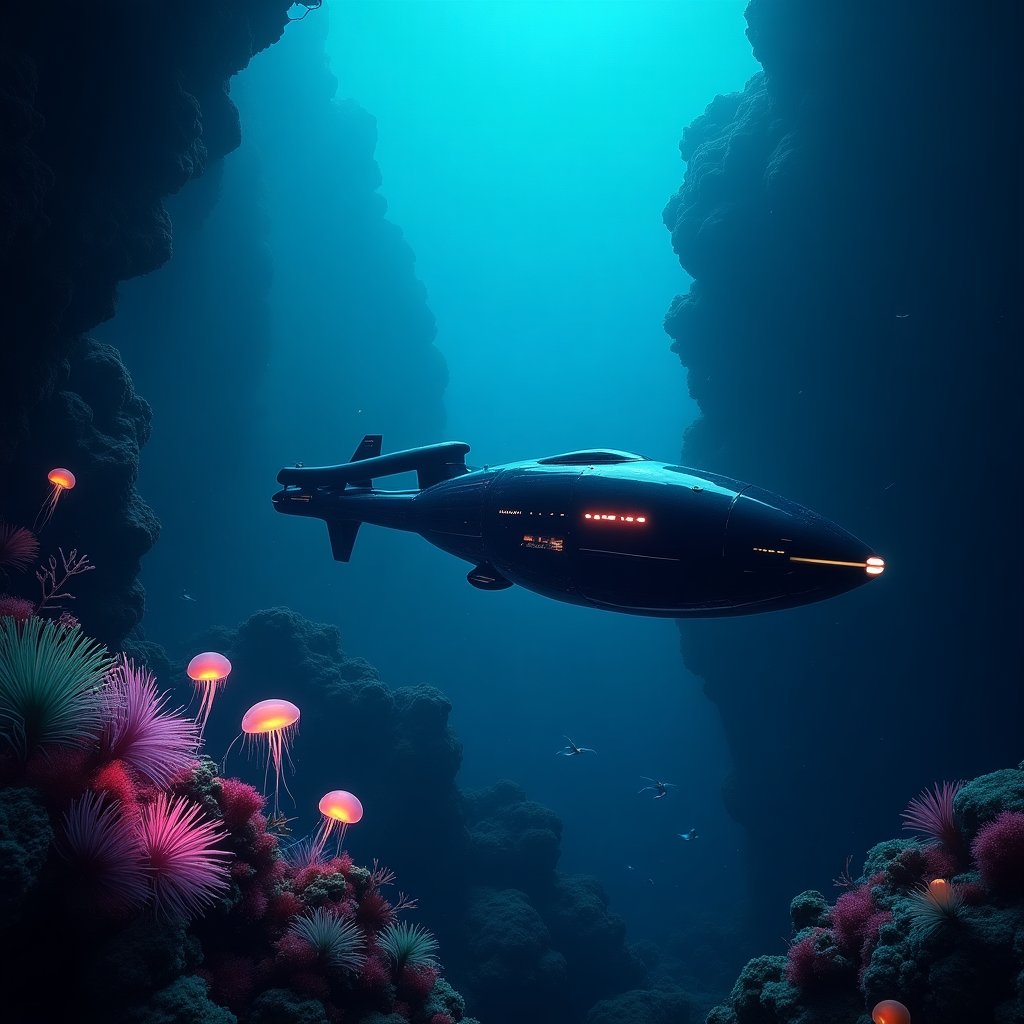
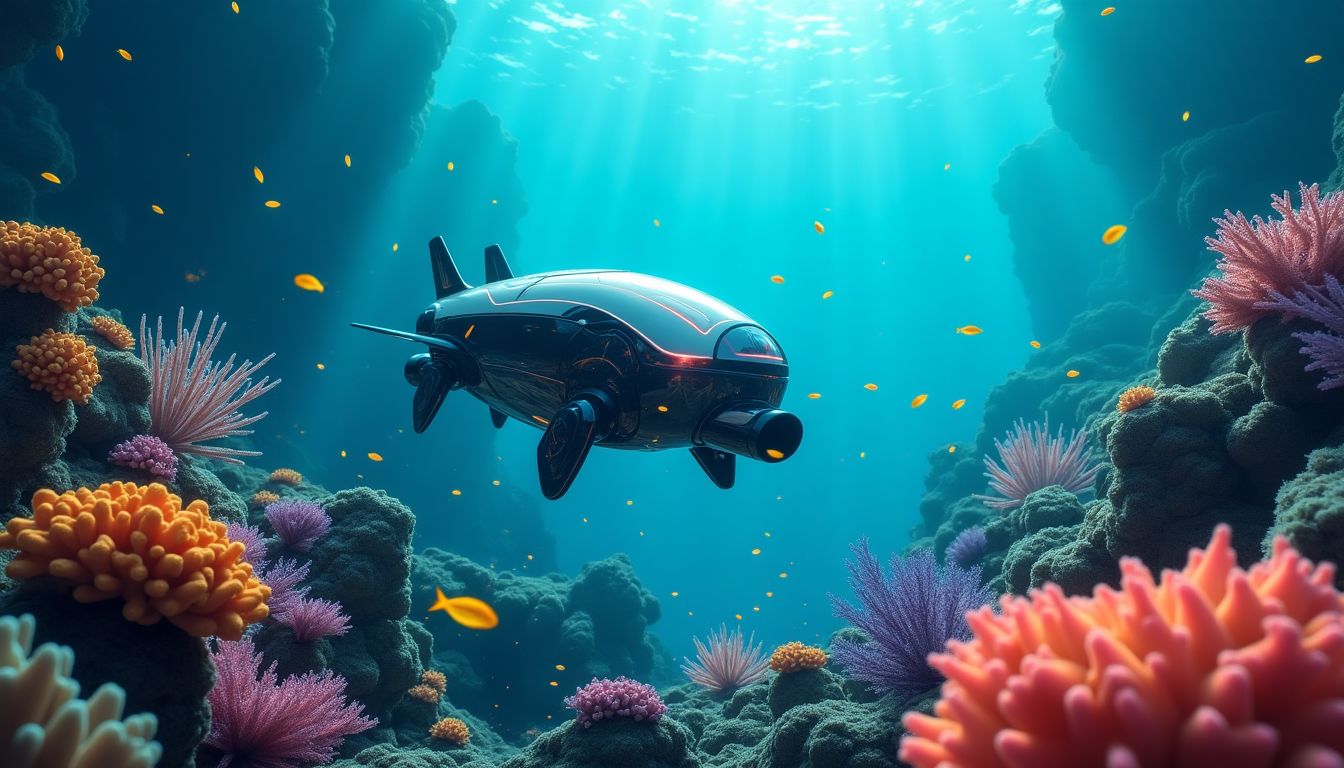
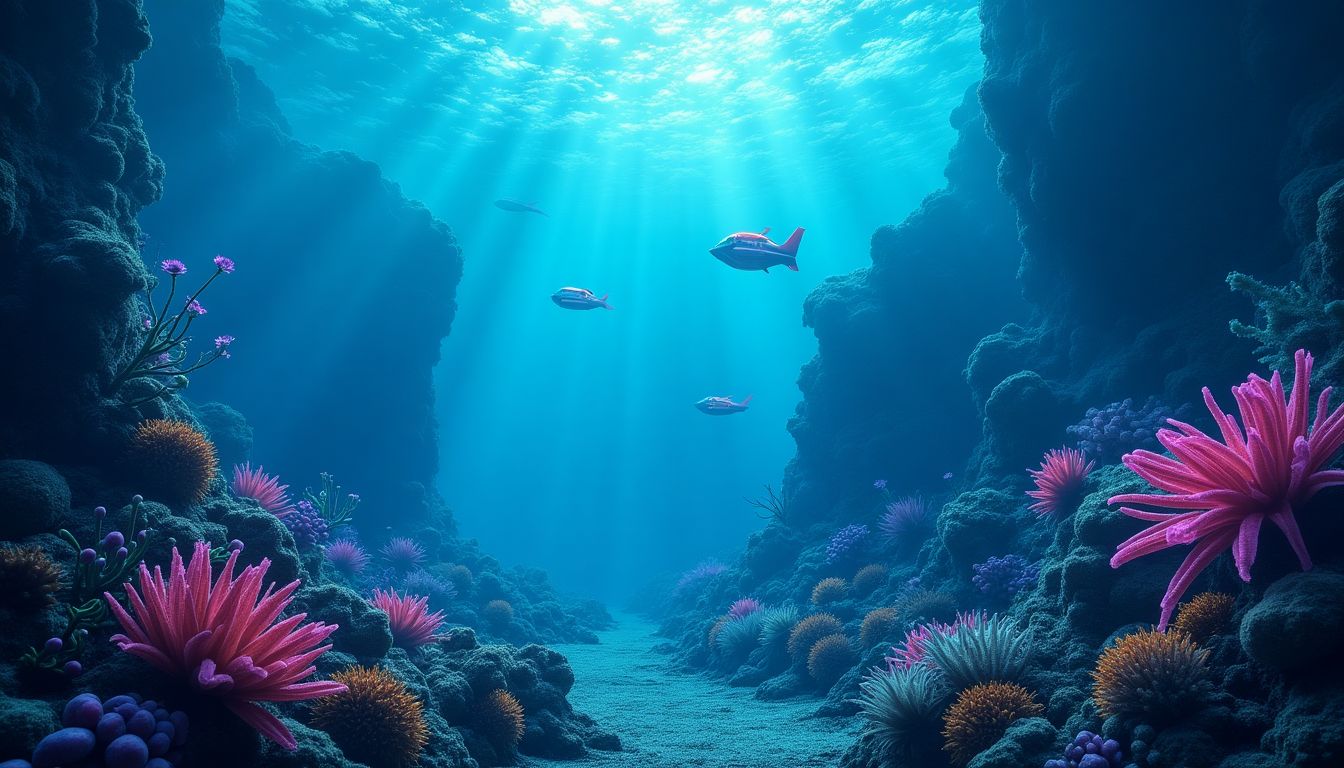
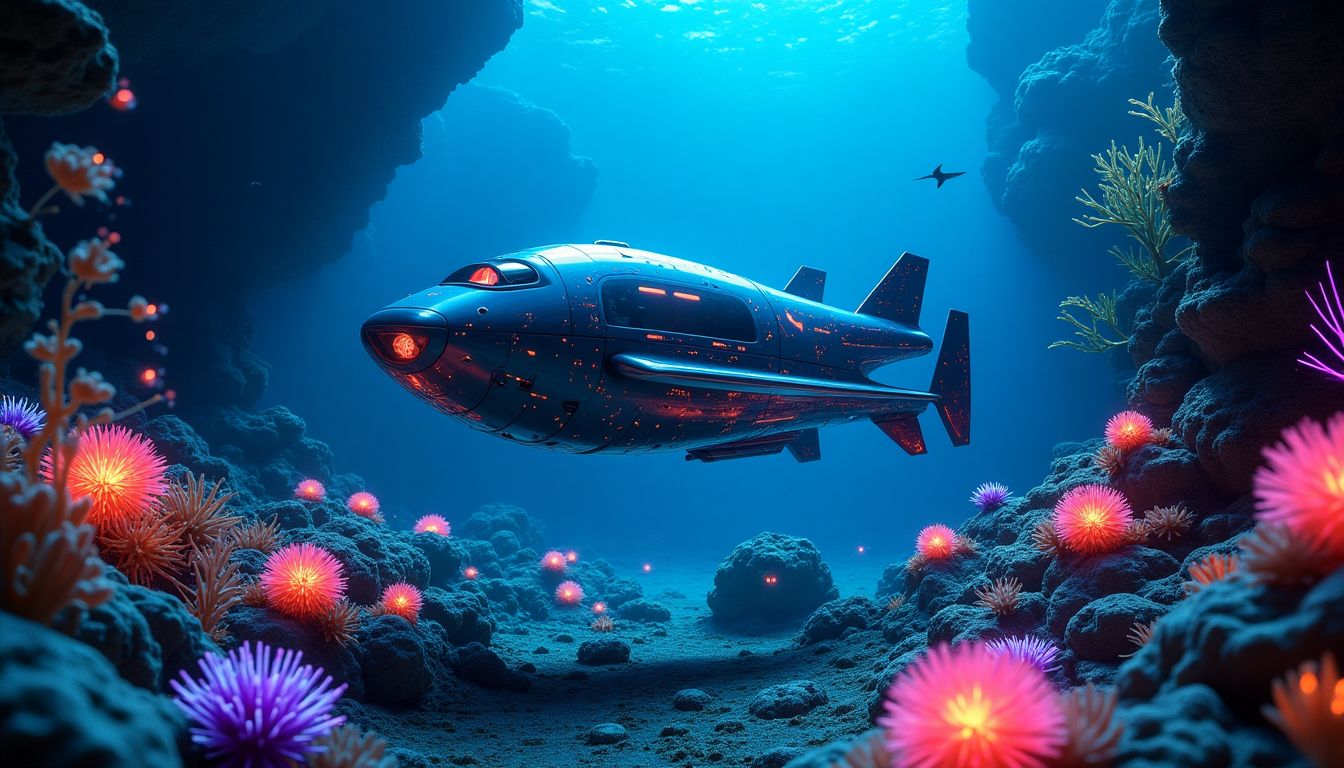
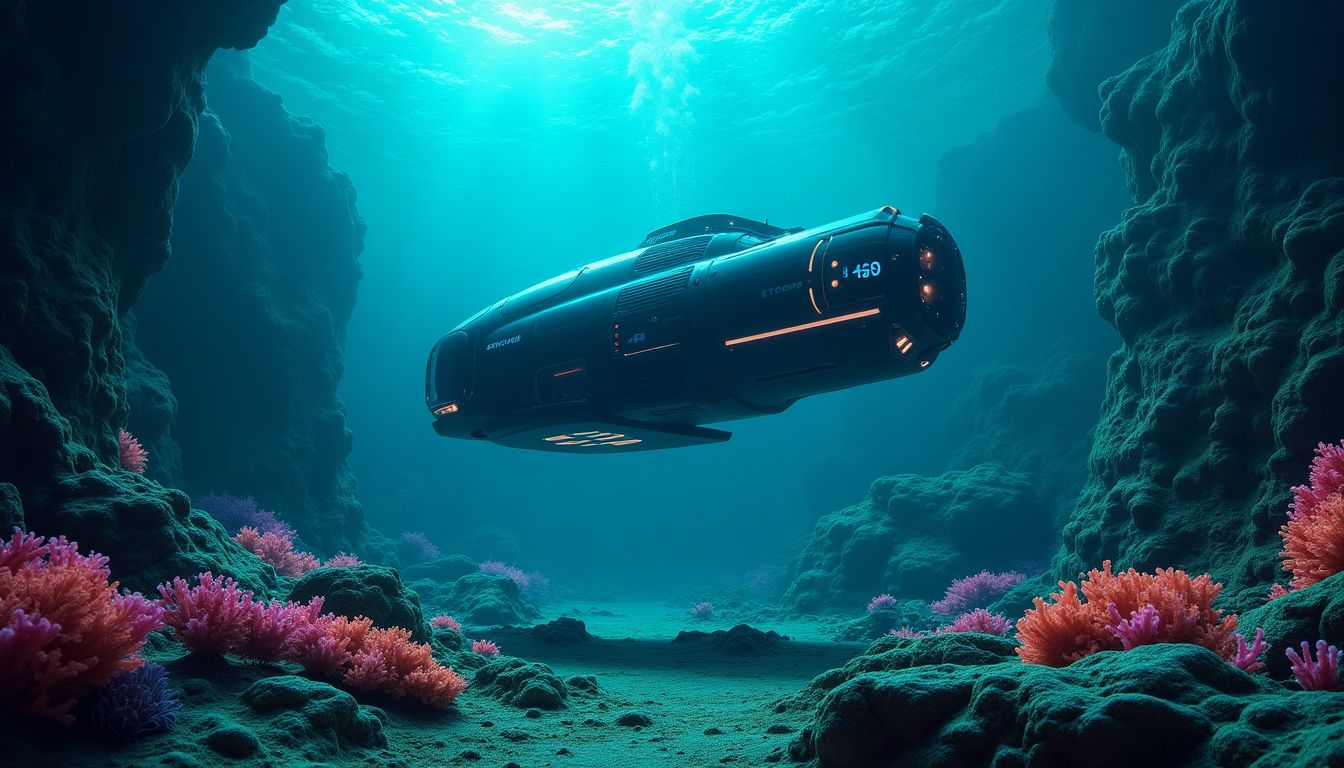
























Post Comment
You must be logged in to post a comment.